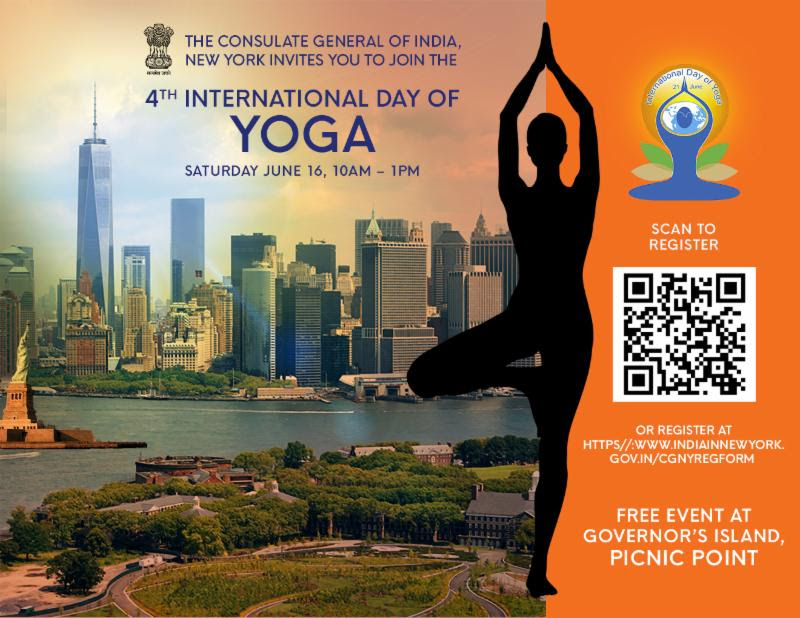Traveling to new places is a great way to come into contact with different cultures and a way to take a break from the busy lives we are living. However, traveling is also a very stressful activity. There is always a bus to catch or a new place to visit that was not on the initial itinerary.
Let’s not get into the stress caused by whether or not the baggage that you have packed meets the standards imposed by the airline that you are using. If you need help finding a scale, take a close look at this guide at https://opticsandlab.com/best-spring-scale/.
A way to deal with the stress is by practicing what many call mindful traveling. Today, people often speak about mindfulness. The internet is filled with trendy yoga apps and there are a myriad of retreats that are recommended all over the net. This is mainly why most of us might perceive mindfulness as nothing else than a fad. Yet, there is much more to this concept that you should consider.
What is mindfulness?
Many describe mindfulness as a way of life. To master it, you have to spend years and years practicing it. Still, its core is pretty simple to grasp, even as a novice. Mindfulness means being present and highly conscious of all that is going on around us.
In other words, instead of worrying about the risks of having your reservation canceled or missing your next flight, you should simply live in the present moment. So, whenever you feel like you are overwhelmed by all the stress of traveling, you should just take a deep breath and enjoy whatever comes next.
How is mindfulness useful when traveling?
Once you stop worrying too much, you get to truly appreciate the places that you are visiting. Consequently, you become a more engaged traveler that gets to truly enjoy his/her destination. This way, traveling will stop feeling like a simple form of escapism and it will transform into a way to engage.
One issue that we have to deal with when looking at traveling as simply a form of escapism is the fact that we only seem to focus on what comes next. Traveling, therefore, becomes a form of running around in the search of what comes next.
By being mindful, you get to connect better not just with the place that you are visiting, but also with the people that you meet on your way. This way, you also get to know the culture of the place better, and you can learn new lessons.
Besides, numerous studies have shown that mindfulness is also effective when it comes to reducing stress and, thus, you will feel more relaxed and the trips that you take will feel more rewarding.
Tips to apply when traveling
Diana Winston, the director of the Mindful Awareness Research Center at UCLA has put forward the acronym STOP that people can use whenever they want to practice mindfulness. S is for stop, T stands for taking a breath, O means observe, as in actively think about both your outer and inner experiences, while P stands for what she resumes as “proceed with more mindfulness.”
So, instead of always being in a rush, trying to get to a new tourist attraction, you should slow down and open up to the experience that you are enjoying. For instance, instead of eating in a hurry, you should take a break and actually enjoy your meals by really savoring the meal and analyzing its texture and taste.
Another tip is to put down your phone. Whenever visiting a new place, we always feel the need to document our trip by taking thousands of photos and sharing them on social media. However, spending too much time with our phones in our hands, browsing through the comments that we get is not at all relaxing or rewarding.
This does not mean that you should not take photos of your trip. After all, we all want a memento that can remind us of the good times that we’ve had. Still, a couple of photos are enough and you should not waste your time living online.


















